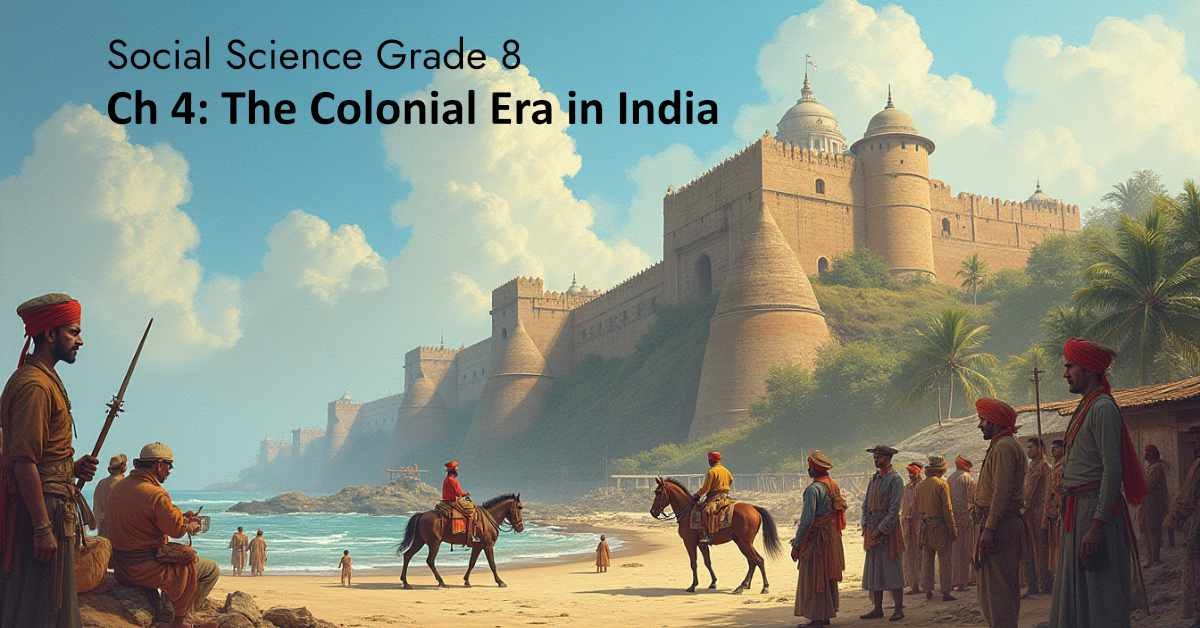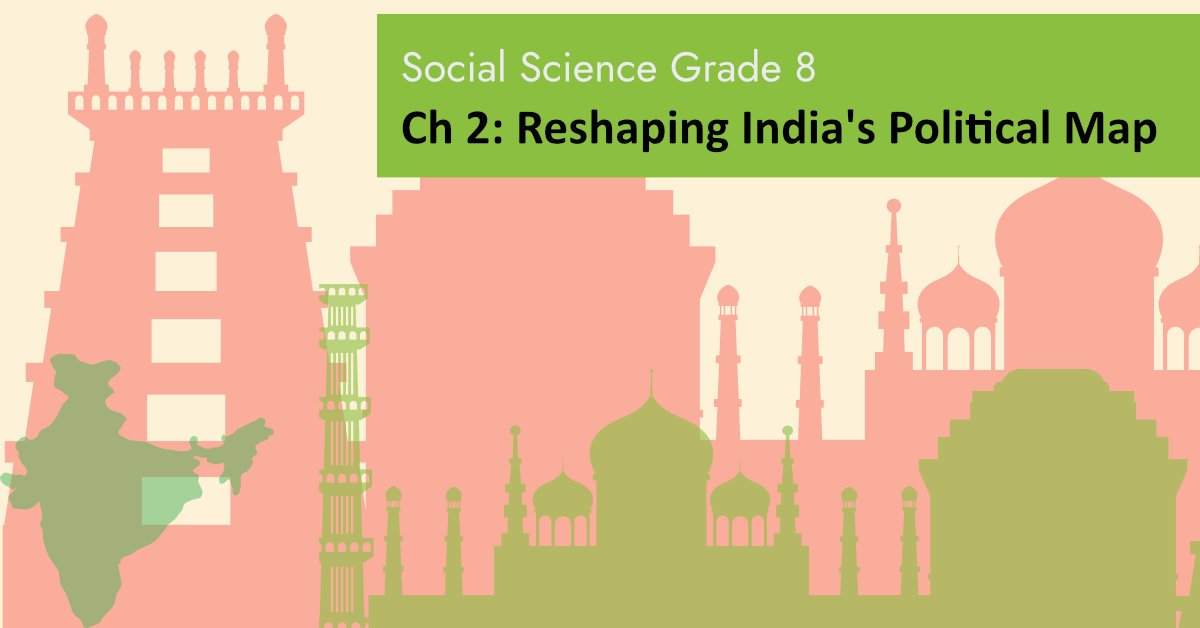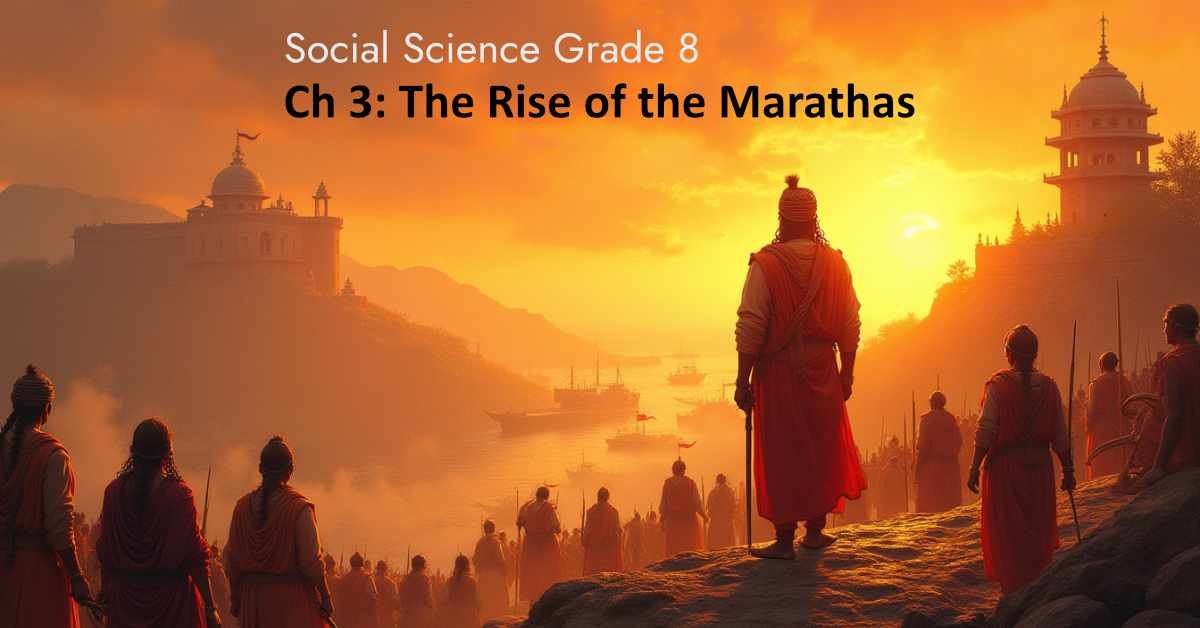The Exploring Society India and Beyond Class 8 Chapter 4 The Colonial Era in India marks one of the most significant turning points in Indian history. From the late 15th century, European powers began arriving on Indian shores, drawn by her immense wealth, flourishing trade, and strategic location.
Beginning with Vasco da Gama’s arrival in 1498, India saw successive waves of Portuguese, Dutch, French, and finally the British, who ruled for nearly two centuries.
The Colonial Era in India Worksheet
India was then one of the world’s richest economies, known for its textiles, spices, precious stones, and advanced agriculture. Vasco da Gama’s arrival at Calicut in 1498 opened the gateway for the Portuguese, soon followed by the Dutch, French, and eventually the British.
Each of these powers came as traders but gradually extended their influence through military strength, diplomacy, and manipulation of local politics. The Portuguese established control over Goa, the Dutch dominated spice trade, the French set up strong bases at Pondicherry and the British East India Company, through various strategies transformed itself from a trading company into the supreme political power in India.
Thus, the Colonial Era in India was a period of exploitation, resistance, and transformation. While it left deep scars on India’s economy, society, and culture, it also sowed the seeds of nationalism and the struggle for freedom, which would eventually culminate in Independence in 1947.
Need help with textbook questions? Get our free Class 8 Social Science NCERT Solutions – packed with Q&A, MCQs, fill in the blanks, and more. Perfect for revision, homework, and exam preparation! Join us on WhatsApp to access more worksheets and study resources.
Also Download:
Social Science Worksheets Class 8
Science Worksheets for Class 8 Curiosity
Hindi Worksheets for Class 8 Malhar
Maths Worksheets for Class 8
The Colonial Era in India class 8 Notes
Meaning of Colonialism
- Colonialism = Practice where one country takes control over another’s land, politics, economy, and culture.
- European colonialism (15th–20th century) was driven by trade, territorial expansion, conversion, and plunder.
Early European Powers in India
- Portuguese (1498) – Vasco da Gama arrived at Calicut. Established Goa (1510). Controlled spice trade. Imposed cartaz (pass system). Religious persecution via Goa Inquisition.
- Dutch (1600s) – Trade-focused, displaced Portuguese in Kerala. Defeated in Battle of Colachel (1741) by Travancore. Declined after that.
- French (1668–1763) – Strong at Pondicherry. Dupleix trained sepoys, used indirect rule. Lost to British in Carnatic Wars. Left with small territories.
- British (1600s–1947) – East India Company first came as traders, then gained political power (Battle of Plassey 1757). Used divide and rule, Doctrine of Lapse, subsidiary alliances.
Impact of British Rule
- Economy – Ruined India’s industries (especially textiles). India became supplier of raw materials and market for British goods. Famines (1770 Bengal famine, 1876–78 famine) killed millions. Drain of wealth to Britain.
- Society – Village councils dismantled. Education system reshaped under Macaulay’s Minute (1835) to create “brown Englishmen.”
- Infrastructure – Railways, telegraph, and administrative systems built but mainly served British interests. Paid for by Indian taxes.
- Culture – India’s heritage plundered; manuscripts, monuments, and artefacts taken abroad. Some Indian knowledge spread to the West (e.g., Sanskrit studies).
Resistance Movements
- Sannyasi-Fakir Rebellion (1770s) – In Bengal after famine.
- Tribal Uprisings – Kol (1831–32), Santhal (1855–56, led by Sidhu & Kanhu Murmu).
- Peasant Movements – Indigo Revolt (1859–62).
- Great Rebellion (1857) – Sparked by greased cartridges; led by Rani Lakshmibai, Begum Hazrat Mahal, Nana Saheb, Tantia Tope, Mangal Pandey. Brutally suppressed but inspired future independence struggle.
Social Science class 8 Chapter 4 Question Answer
Q1. What is colonialism?
Ans. Colonialism is when a powerful country takes control over another’s land, politics, economy, and culture, exploiting its people and resources.
Q2. How was the British approach different from Portuguese and French?
Ans. Unlike the Portuguese, who used force and religion, and the French, who had limited influence, the British entered as traders but gradually expanded power using political manipulation, alliances, and “divide and rule.”
Q3. Why was the Battle of Plassey (1757) significant?
Ans It marked the beginning of British political control in India. Mir Jafar’s betrayal allowed the East India Company to defeat Siraj-ud-daulah.
Q4. What was the Doctrine of Lapse?
Ans. Introduced by the British, it allowed annexation of princely states without a male heir, ignoring Indian traditions of adoption.
Q5. What were the causes of famines under British rule?
Ans. Harsh revenue policies, neglect of public welfare, continued export of grain, free-market policies, and natural crop failures led to massive famines.
Class 8 Social Science Chapter 4 MCQs
Q1. Who among the following was a leader of the Santhal Rebellion?
a) Tantia Tope
b) Nana Saheb
c) Mir Jafar
d) Sidhu and Kanhu Murmu
Q2. Which European power introduced the Cartaz system?
a) Dutch
b) Portuguese
c) French
d) British
Q3. The Doctrine of Lapse was associated with which Governor-General?
a) Lord Lytton
b) Lord Dalhousie
c) Lord Wellesley
d) Lord Cornwallis
Q4. Which year did the Great Famine of Bengal occur?
a) 1770–72
b) 1855–56
c) 1876–78
d) 1806
Q5. Dadabhai Naoroji’s book on economic exploitation was:
a) Poverty and Un-British Rule in India
b) Economic History of India
c) Anandamath
d) India’s Loss of Wealth
Answers:
d) Sidhu and Kanhu Murmu
b) Portuguese
b) Lord Dalhousie
a) 1770–72
a) Poverty and Un-British Rule in India



